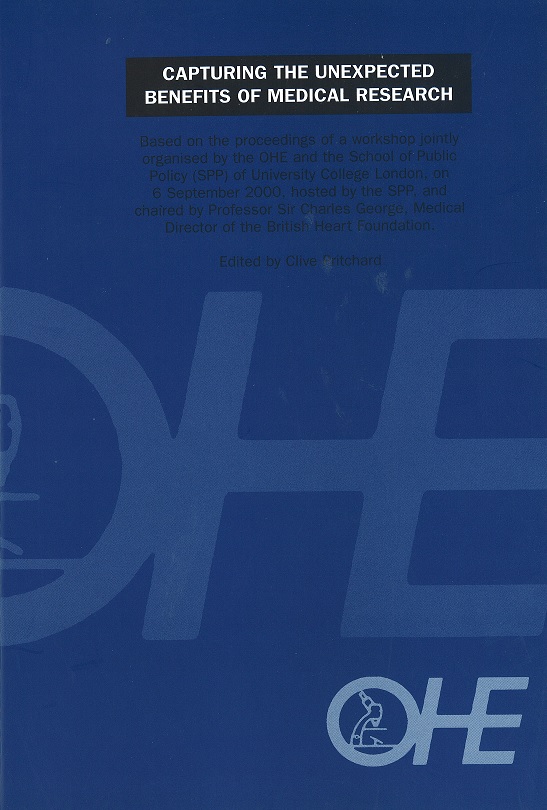Sign up to our newsletter Subscribe
Challenges and Solutions for Budget Impact Analysis of Gene Therapies

It has long been known that a medicine may turn out to have an unexpected beneficial effect on an illness other than the one it was originally intended to treat. This is true for long established medicines, for example the cardiovascular benefits of…
It has long been known that a medicine may turn out to have an unexpected beneficial effect on an illness other than the one it was originally intended to treat. This is true for long established medicines, for example the cardiovascular benefits of aspirin, and for more recent products, of which Sildenafil (Viagra) is a dramatic example. Such instances are not rare and serendipidity has been a highly significant aspect of progress as illustrated by Julius Comroe’s (1977) fascinating dissection of the antecedents of some of the seminal advances in medicine.
The fact that drugs or other technologies may work to the advantage of patients, clinicians and industrial producers in unanticipated ways has a number of consequences. Such bonus effects may be overlooked or only brought to light after a long delay. Criteria for accepting new developments into health services may eliminate or discourage treatments that could in the longer term prove to be highly beneficial. Commercial companies having invested heavily in a product, the intended action of which is supported by impressive biochemical and other pre-clinical data, may be blinded to an alternative practical application which runs counter to a logical sequence of steps. The observations of patients may be crucially important in first evoking an unexpected effect. This might be construed as a side effect or complication and then built on to characterise a definitive application.
In 1998 Gelijns and colleagues drew attention to the different mechanisms by which new treatment indications come to light. Elucidation of mechanisms of action after a drug has been introduced into the clinic may lead to recognition of the scope for wider use.Clinical observations may lead to radically new departures as illustrated by the isolation of Helicobacter pylori from clinical specimens and the successful medical treatment of peptic ulcer. It is particularly important that the non-linear nature of medical progress highlighted by the example of serendipitous benefits is kept clearly in mind, particularly as we enter the era of rational drug design.
The economics of serendipitous progress present an intriguing challenge. The unanticipated applications of medicines can account for a substantial percentage of sales revenue. The detection and exploitation of unanticipated benefits is in many instances inefficient. Increasing the efficiency of the processes involved is not only a task for the organisation of commercial companies but also of university structures and clinical research including the meaningful involvement of patients and the groups that represent them. Reaping the unanticipated rewards of clinical interventions is yet one more example of the potential advantages that could be realised by creating novel and stronger connections between different spheres of activity in research, development and health care.
Capturing the Unexpected Benefits of Medical Research
Pritchard, C. ed.
(2001) Capturing the Unexpected Benefits of Medical Research. OHE Monograph. Available from https://www.ohe.org/publications/capturing-unexpected-benefits-medical-research/